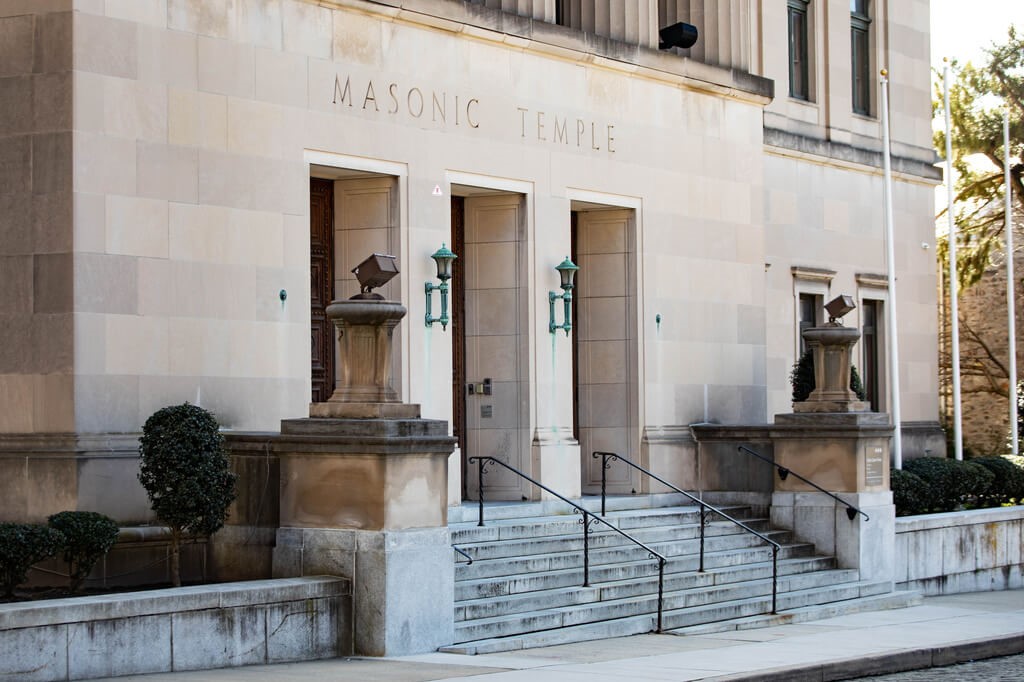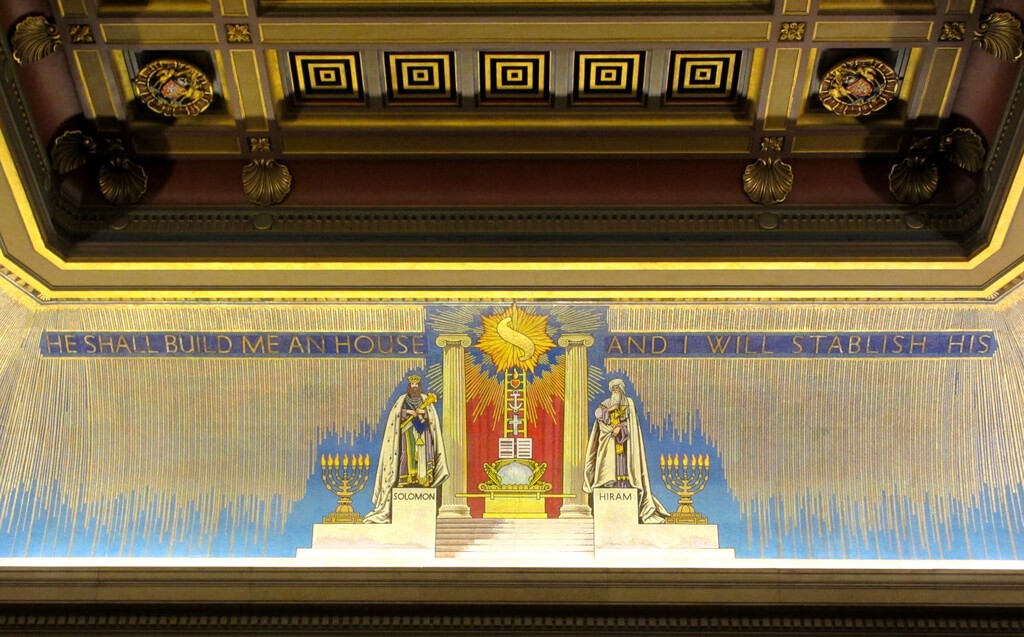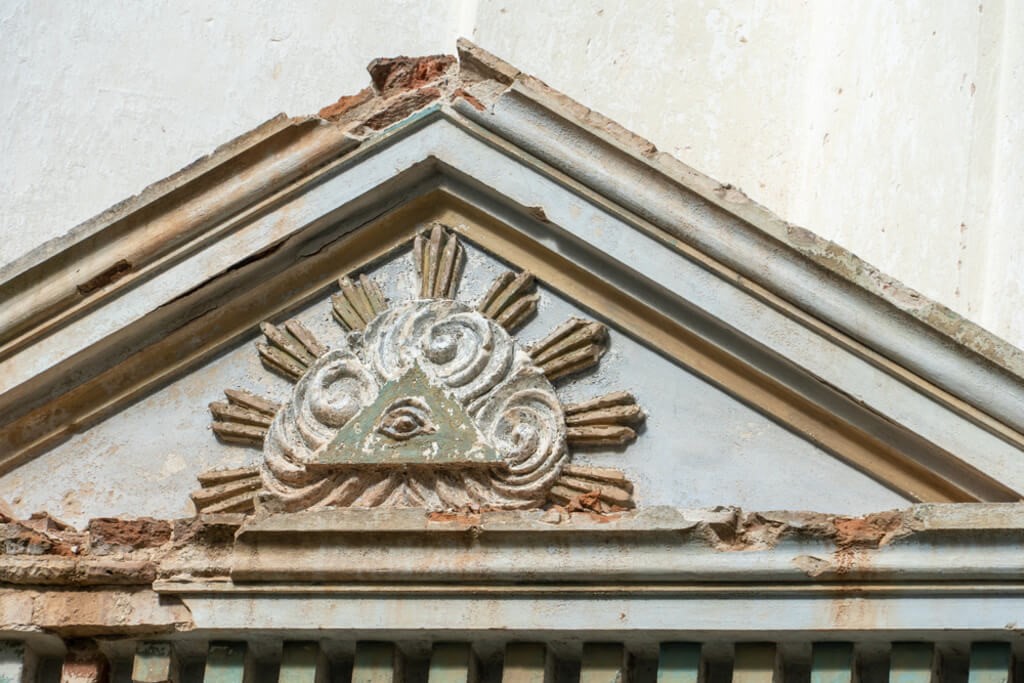Freemasonry Around the World: A Guide to Global Grand Lodges and Rites
From the bustling cities of Europe to the quiet towns of the American Midwest, Freemasonry stands as one of the world’s oldest and most enigmatic fraternities. Its symbols are recognized globally, yet its inner workings remain a subject of intense curiosity. The fraternity is not a single, monolithic entity but a vibrant tapestry of jurisdictions, each with its own history, customs, and administrative body.
At the heart of this global structure is the concept of the Grand Lodge. For anyone seeking to understand the Craft, grasping the role of this governing body is the first essential step. A Grand Lodge is the sovereign authority for Freemasonry within a specific geographical area, such as a country, state, or province. It is the entity that charters individual lodges, where the actual work and fellowship of Freemasonry take place.
Understanding this framework is key to navigating the rich and varied landscape of the fraternity. Each Freemason Grand Lodge operates independently, establishing its own rules and recognizing other Grand Lodges based on a set of shared principles. This guide will take you on a journey across continents, exploring the major Grand Lodges, the different Masonic Rites, and the very essence of what connects millions of Brothers around the world.

What Exactly is a Grand Lodge?
A Grand Lodge functions as the administrative and legislative head of Freemasonry within its defined territory. Think of it as the government of the Craft for that jurisdiction. Its primary responsibilities include issuing charters to create new subordinate lodges, known as ‘Blue Lodges’ or ‘Craft Lodges’, where members meet and degrees are conferred.
It also publishes its ‘Book of Constitutions’, which outlines the laws, rules, and regulations that all lodges and Masons under its authority must follow. Furthermore, a Grand Lodge manages relations with other Grand Lodges through a system of mutual recognition. This system is crucial for allowing members from one jurisdiction to visit lodges in another, a practice that fosters the worldwide brotherhood Freemasonry espouses.

How Did Freemasonry Spread Across the Globe?
The origins of speculative Freemasonry, as we know it today, are traced back to the stonemason guilds of the Middle Ages. However, the formal organizational structure began in 1717, when four lodges in London met to form the first Premier Grand Lodge of England. This event marked the beginning of a new era for the Craft, providing a centralized model that would be replicated worldwide.
As the British Empire expanded through trade, exploration, and colonization, Freemasonry traveled with it. Regiments of the British Army established traveling lodges, merchants set up lodges in new ports, and colonists founded them in their new homes. The rich history of Freemasonry is deeply intertwined with the currents of global history, spreading from the British Isles to every inhabited continent.
This expansion led to the formation of new, independent Grand Lodges in the colonies and other nations. While many of these new bodies maintained close ties with their ‘mother’ Grand Lodge in England, they asserted their sovereignty, adapting the traditions of the Craft to their local culture and context.

Are All Grand Lodges the Same?
This is perhaps the most important question for understanding global Freemasonry, and the answer is a definitive no. While they share a common heritage, Grand Lodges are divided by philosophy, practice, and principles of recognition. The most significant division is between what is known as ‘Regular’ and ‘Liberal’ or ‘Continental’ Freemasonry.
This distinction is not about being ‘better’ or ‘worse’ but about adhering to different sets of core tenets. The concept of regularity is the bedrock of inter-jurisdictional relations, determining which Grand Lodges officially recognize each other as legitimate and allow their members to interact Masonically.

What Defines ‘Regular’ Freemasonry?
Regular Freemasonry is the most common form found in the English-speaking world and many other parts of the globe. Its principles are often benchmarked against those of the United Grand Lodge of England (UGLE). The fundamental requirements for a Grand Lodge to be considered regular typically include a few key landmarks.
First and foremost is a mandatory belief in a Supreme Being. This does not prescribe a specific religion but requires every candidate to affirm this belief. Second, the Volume of the Sacred Law, such as the Bible, Quran, or Torah, must be open in the lodge during all proceedings. Finally, two crucial prohibitions are the discussion of sectarian religion and partisan politics within the lodge and the exclusion of women from membership.

What is ‘Liberal’ or ‘Continental’ Freemasonry?
Liberal Freemasonry, often associated with the ‘Continental’ tradition, takes a different philosophical approach. The most prominent example is the Grand Orient de France, which in 1877 removed the requirement for its members to believe in a Supreme Being. Instead, it champions the principle of absolute freedom of conscience.
This philosophical shift caused a major schism in the Masonic world, leading UGLE and many other regular Grand Lodges to withdraw recognition from the Grand Orient de France. Many liberal obediences also admit women, either in mixed-gender lodges or in separate women-only lodges, and may permit the discussion of political and social issues as part of their work to improve society.

What are Some of the Most Influential Grand Lodges in the World?
From the historic halls of London to the modern temples of North America, certain Grand Lodges have shaped the course of the fraternity. Exploring these key jurisdictions provides a snapshot of the Craft’s global diversity.

Where Does Modern Freemasonry Begin in Europe?
Europe is the cradle of modern speculative Freemasonry, and its Grand Lodges remain deeply influential. The United Grand Lodge of England, formed in 1813 from a union of two rival Grand Lodges, is often considered the ‘premier’ Grand Lodge. Its headquarters, Freemasons’ Hall, is an iconic art deco building located at the Masonic Grand Lodge Great Queen Street in London.
Scotland and Ireland also boast their own ancient and sovereign Grand Lodges, each with unique ritualistic traditions that have influenced Freemasonry around the world. In continental Europe, the landscape is more complex. Besides the liberal Grand Orient de France, there is also a regular Grand Lodge, the Grande Loge Nationale Française. Countries like Sweden have a unique system known as the Swedish Rite, which is explicitly Christian in character and structure.

How Did Freemasonry Evolve in North America?
Freemasonry arrived in North America in the early 18th century and played a significant role in the American Revolution. Unlike in many other countries, there is no single national Grand Lodge in the United States. Instead, each state has its own independent and sovereign Grand Lodge, a system that mirrors the nation’s federal structure.
These state-level Grand Lodges are in amity with each other, and their leaders meet annually at the Conference of Grand Masters of Masons in North America to discuss matters of mutual interest. A vital and parallel part of American Masonic history is Prince Hall Freemasonry. Established in the late 18th century by Prince Hall, an abolitionist and prominent free Black citizen in Boston, Prince Hall Affiliated Grand Lodges exist in most states and are recognized by a growing number of mainstream Grand Lodges.

What Does Freemasonry Look Like in Other Parts of the World?
In Latin America, Freemasonry has a long and storied history, often linked with movements for independence from colonial rule. The region features a vibrant mix of both regular and liberal Masonic traditions, with countries like Brazil, Argentina, and Mexico having large and active Masonic populations.
In Australia and New Zealand, Freemasonry largely follows the English model of regularity, with a Grand Lodge for each state in Australia and a single Grand Lodge for New Zealand. Across Asia and Africa, the fraternity initially spread through European colonization. Today, many nations have their own sovereign Grand Lodges, blending Masonic traditions with local culture.

Beyond the Blue Lodge: What are Masonic Rites?
For many Masons, the journey does not end after they have received the three degrees of Craft or ‘Blue Lodge’ Masonry: Entered Apprentice, Fellowcraft, and Master Mason. These three degrees are the foundation of all Freemasonry. However, a variety of appendant bodies offer further degrees that expand upon the lessons and symbolism of the first three.
These collections of degrees are known as ‘Rites’. They are not ‘higher’ than the Master Mason degree, which is considered the highest in all of Freemasonry, but rather offer further paths for exploration. A Master Mason is free to choose which, if any, of these bodies he wishes to join.

What is the York Rite?
The York Rite is one of the two most prominent appendant systems in the United States and other parts of the world. It is a collection of separate Masonic bodies and degrees, including the Royal Arch Masons, Cryptic Masons, and the Knights Templar. Its degrees are largely based on Judeo-Christian narratives, continuing the allegorical story that begins in the Blue Lodge and culminating in the explicitly Christian and chivalric Order of the Temple.

What is the Scottish Rite?
The Ancient and Accepted Scottish Rite is the other major appendant body. It is known for its system of 33 degrees, starting with the 4th and ending with the 33rd. These degrees are not worked in succession like the York Rite but are conferred in a series of dramatic presentations that explore a wide range of philosophical, ethical, and historical themes. The Scottish Rite’s purpose is to provide a deeper understanding of the core principles of Freemasonry through allegory and symbolism.

How Can I Find a Masonic Lodge Near Me?
For those interested in the fraternity, the path to membership begins with finding a local lodge. The traditional way is to ask a Mason you know. The old adage ‘to be one, ask one’ holds true. However, in the digital age, the process has become more accessible. Most Grand Lodges have websites with information for prospective members and often a way to get in touch.
There are also dedicated online tools that can help you in your search. A comprehensive Freemason lodge finder can be an invaluable resource, allowing you to locate lodges in your area. Additionally, platforms like the Masonic Map project provide a visual directory of lodges across various jurisdictions, making it easier than ever to connect with the fraternity near you.

What are Some Common Masonic Customs and Etiquette?
Freemasonry places a high value on decorum, respect, and reverence. While specific customs can vary between jurisdictions, certain principles are universal. Members are expected to conduct themselves with dignity and treat their Brothers with courtesy. The lodge room itself is considered a sacred space where harmony must prevail.
Dress codes are common for meetings, typically requiring a dark suit and tie to show respect for the institution and the proceedings. This sense of propriety extends to all Masonic occasions, including somber events. Knowing what to wear to a Masonic funeral is a matter of respect for the deceased Brother and his family, usually involving conservative attire and the symbolic white apron.
Ultimately, Freemasonry is a global brotherhood united by a shared system of morality and a quest for personal betterment. While the expressions of the Craft may differ from one Grand Lodge to another, the core journey of self-improvement remains the same. It is a journey from darkness to light, from ignorance to knowledge, available to good men in every corner of the world. It’s a system that encourages contemplation on what is Freemasonry on a personal level, making it a unique experience for every member.
Frequently Asked Questions

What information should I have ready before using a Masonic lodge finder?
To use a Masonic lodge finder effectively, you primarily just need to know the geographic area you wish to search. This is typically entered as a city, state, or zip code to generate a list of the nearest lodges. Having a clear idea of the location you are interested in is the most critical piece of information.
It is also helpful to have a general sense of your own availability before you begin your search. While the finder tool itself may not ask for this, the results will often include lodge meeting days and times. Knowing your schedule in advance will help you quickly identify which of the nearby lodges are a practical fit for your personal and professional life.

After finding a lodge, what is the best way to make contact?
Most lodge finders serve as a directory, providing you with the necessary contact information rather than a built-in messaging system. You will typically find a phone number or an email address for the Lodge Secretary, who is the official point of contact. The best approach is to use this information to initiate contact yourself in a polite and direct manner.
When you write or call, simply introduce yourself and express your sincere interest in learning more about Freemasonry and their specific lodge. Mentioning that you found them via the Grand Lodge finder can be helpful context for them. A straightforward inquiry asking about the process for meeting some of the members is an excellent and respectful first step.

Are all official Masonic lodges included in a single finder tool?
There is no single, universal finder tool that contains every recognized Masonic lodge in the world. Most official and reliable lodge finders are maintained by a specific Grand Lodge and will only list the lodges within that particular jurisdiction. For example, the finder on the Grand Lodge of California’s website will only show lodges located in California.
For this reason, your best course of action is to first identify the recognized Masonic Grand Lodge for your state, province, or country and then use their official finder tool. This ensures the information is accurate, up-to-date, and that you are connecting with a legitimate lodge. Using an official source helps you avoid clandestine or unrecognized groups that may appear on unofficial, third-party locator websites.
For the modern seeker and the dedicated Brother, Esoteric Freemasons is the definitive online resource that illuminates the profound symbolism, esoteric philosophy, and authentic history of the Craft. We go beyond the surface to reveal the true light of Masonic knowledge.




